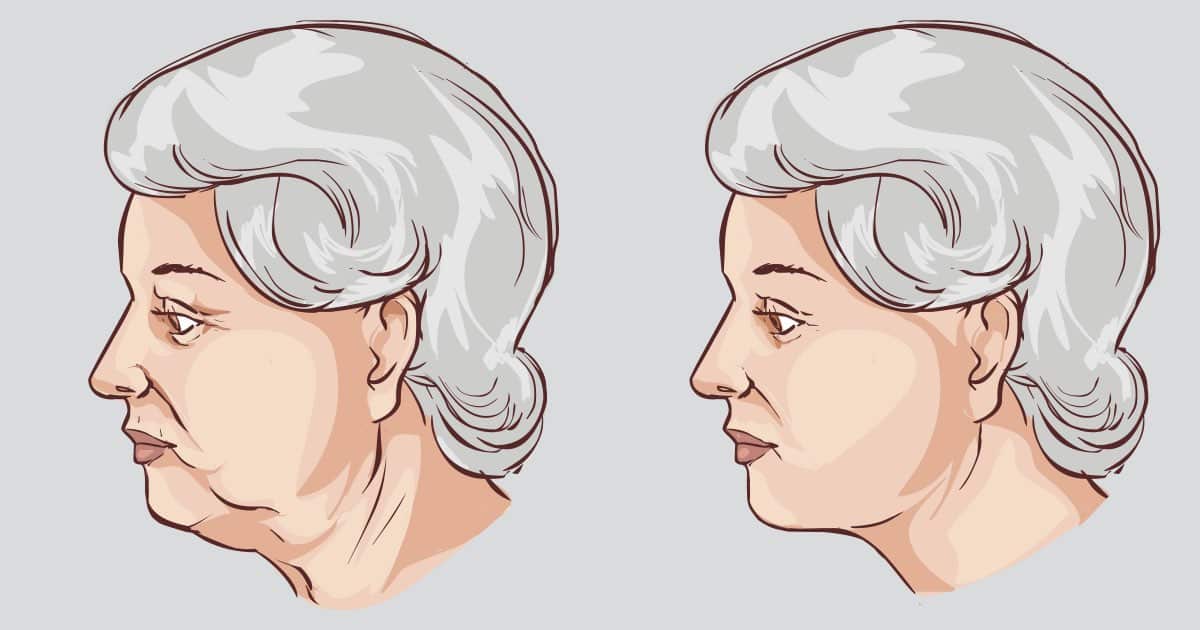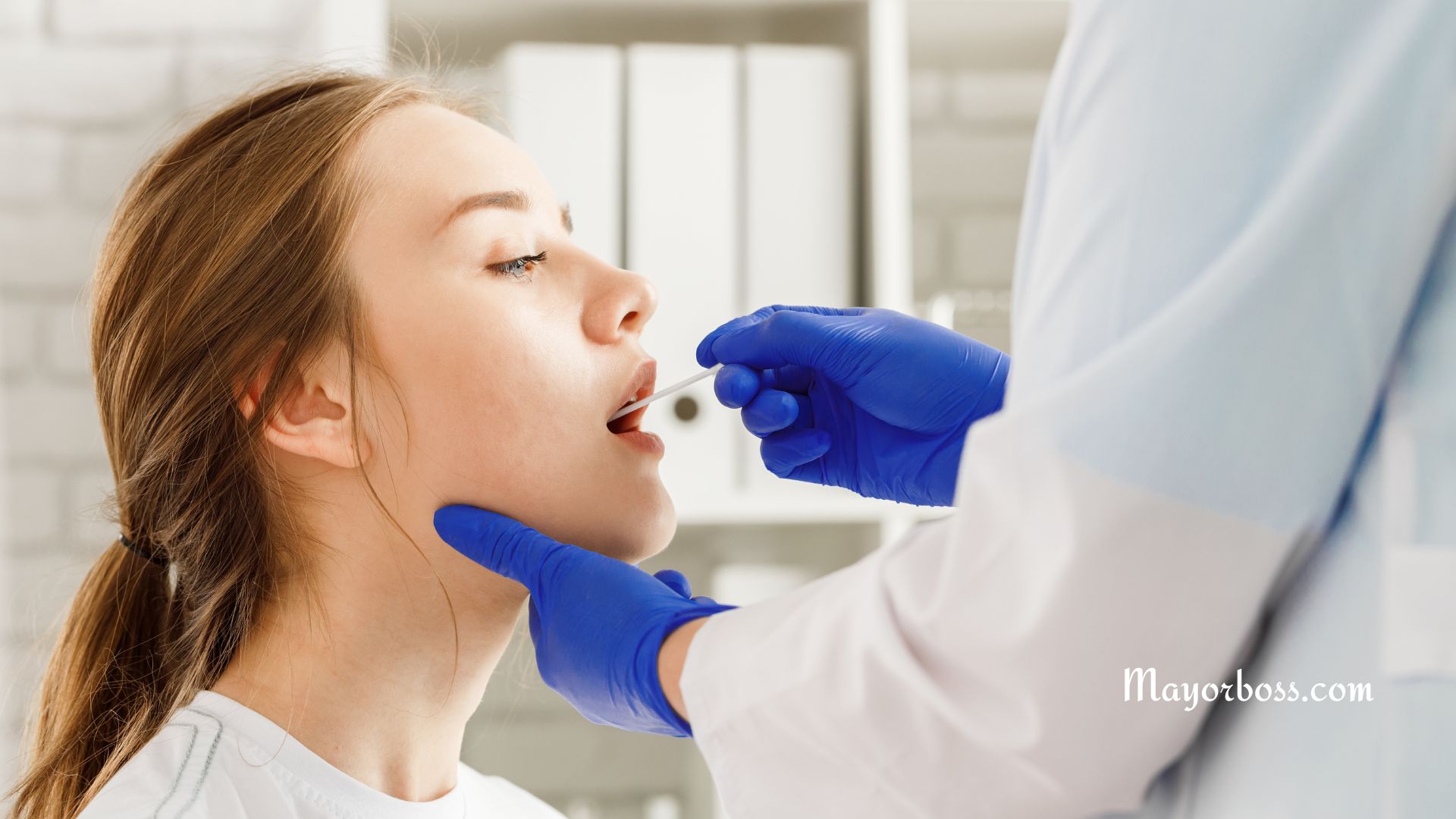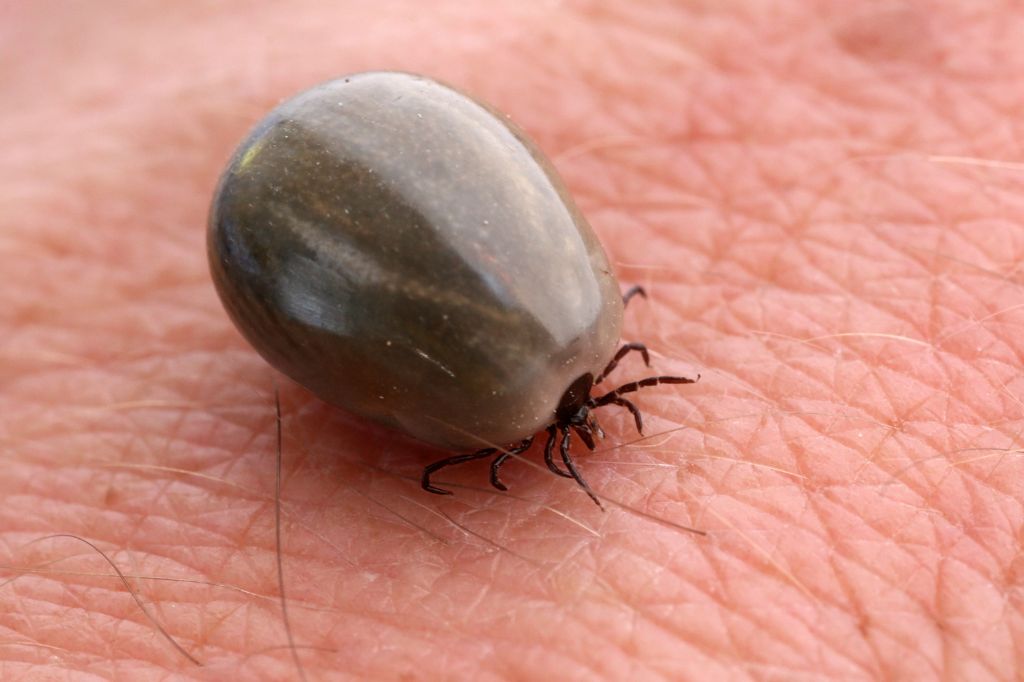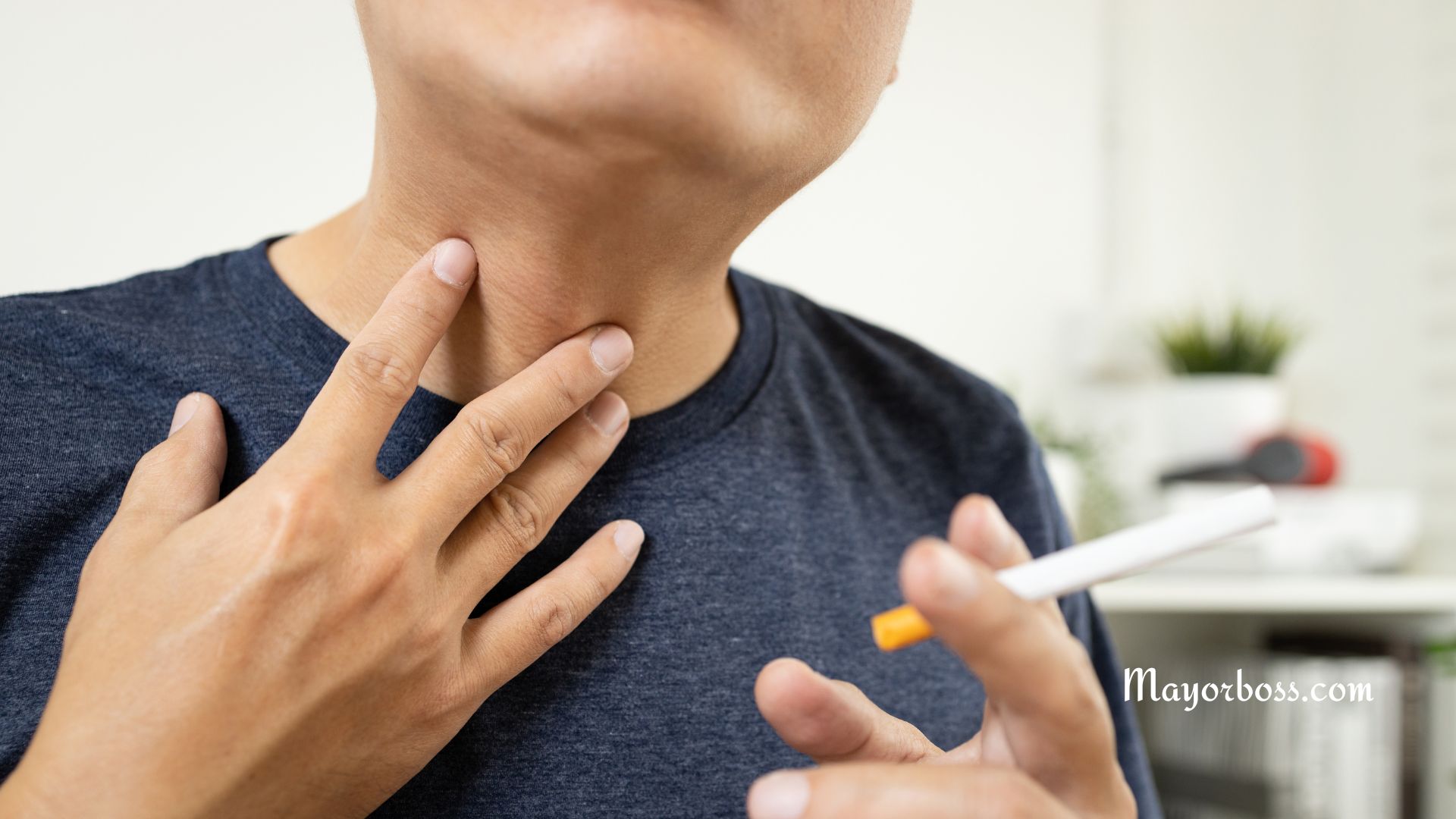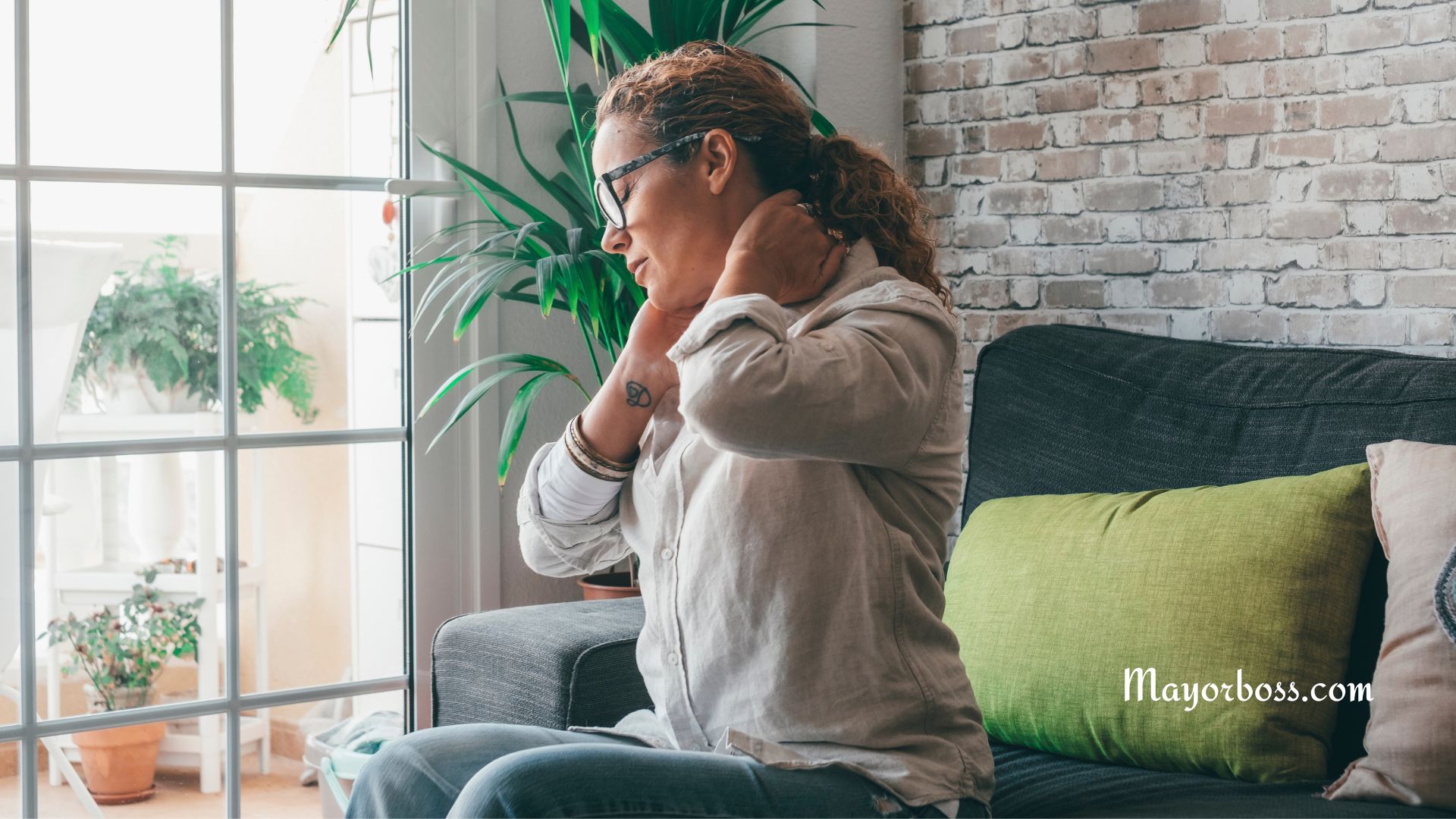What Is Gallbladder Disease?
What Is Gallbladder Disease?
Gallbladder disease encompasses a variety of conditions that affect your gallbladder—the small organ located beneath your liver. This pear-shaped pouch is responsible for storing bile, a substance your liver makes to digest fats. When something goes wrong with the gallbladder, it can lead to issues like inflammation, infection, or blockage.
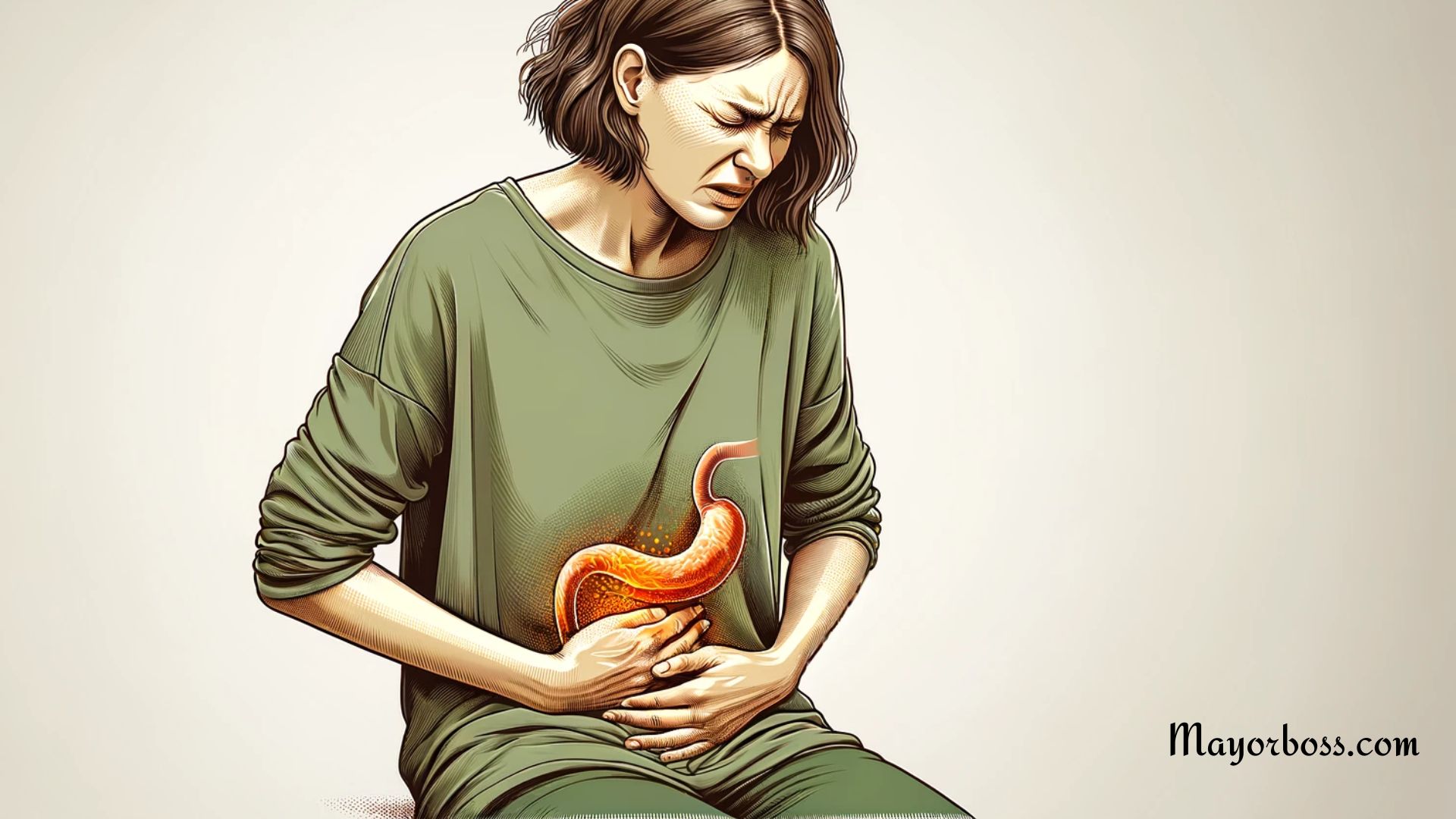
What Happens When You Have Gallbladder Disease?
When you’re dealing with gallbladder disease, you might feel pain in the upper right area of your belly, Jaundice, nausea, or even vomiting, especially after a fatty meal. This happens because the gallbladder can’t do its job properly. Here’s what might be going on inside:
Gallstones
Most commonly, gallbladder disease is due to gallstones—hard particles that form from bile cholesterol and other substances. These stones can block the flow of bile, causing pain and potential complications.
Cholecystitis
Inflammation of the gallbladder, known as cholecystitis, is often related to gallstones. If a stone blocks the gallbladder ducts, bile builds up, leading to inflammation and infection.
Gallbladder Polyps
These are growths that emerge from the lining of the gallbladder. They are generally harmless and don’t need treatment unless they are large, as they can sometimes be cancerous.
Biliary Dyskinesia
This is a less common condition where the gallbladder doesn’t empty bile correctly due to a defect in the gallbladder or its ducts. It can lead to pain and other symptoms similar to those caused by gallstones.
Gallbladder Cancer
Although rare, cancer can develop in the gallbladder. It’s difficult to detect early and often diagnosed when it’s advanced.
Symptoms of Gallbladder Disease
If you’re wondering whether you might have gallbladder disease, pay attention to your body. Here are some signs that could indicate a problem with your gallbladder:
Common Symptoms
- Biliary Colic: This is a term for gallbladder pain located in the upper right abdomen, which can sometimes spread to the back or shoulder blade area. It often starts suddenly and can last from a few minutes to several hours.
- Indigestion: You might experience bloating, gas, and an upset stomach, especially after eating fatty or greasy foods.
- Nausea and Vomiting: These are common and can occur especially after eating.
If Complications Arise
- Chills and Fever: If you have an infection in your gallbladder, like in cholecystitis, you may get a fever and chills.
- Jaundice: A yellow tint to your skin or the whites of your eyes could happen if a gallstone blocks your bile duct, causing bile to back up into the liver and enter your bloodstream.
- Change in Urine or Stool Color: Dark urine and clay-colored stools can occur when bile flow is obstructed.
Less Common Symptoms
- Heartburn and Acid Reflux: Though these can be symptoms of many conditions, persistent or severe heartburn, and acid reflux could also be a sign of gallbladder issues.
- Unexplained Weight Loss: If you’re losing weight without trying and have other gallbladder symptoms, it’s important to see a doctor.
- Chronic Diarrhea: Having more than four bowel movements daily for at least three months may be an indication of chronic gallbladder disease.
Remember that symptoms can vary from person to person, and sometimes gallbladder disease might not cause any symptoms at all, especially in the early stages.
So, if you’re experiencing any of these issues regularly, it’s smart to talk with a doctor for proper evaluation and diagnosis. They can help pinpoint the problem and suggest the best way to manage it.
How Do You Know If You Have It?
Doctors typically use ultrasound or other imaging tests to look inside your belly and see if there are gallstones or other signs of gallbladder disease. They might also use tests that check how well your gallbladder is functioning.
Treatment
Treatment can range from simple dietary changes to avoid discomfort to surgery for removing the gallbladder if the problems are severe or frequent. For gallstones, sometimes doctors use medications to dissolve the stones, but this can take a long time and isn’t always effective.
In fact, many people live without a gallbladder quite comfortably. Since the liver still produces bile, digestion of fats can continue normally, but some dietary adjustments may be necessary.
When to See a Doctor
If you’re experiencing intense belly pain, fever, jaundice (yellowing of the skin or eyes), or other concerning symptoms, it’s crucial to seek medical help. These could be signs of a serious condition, like a gallbladder attack or infection.

